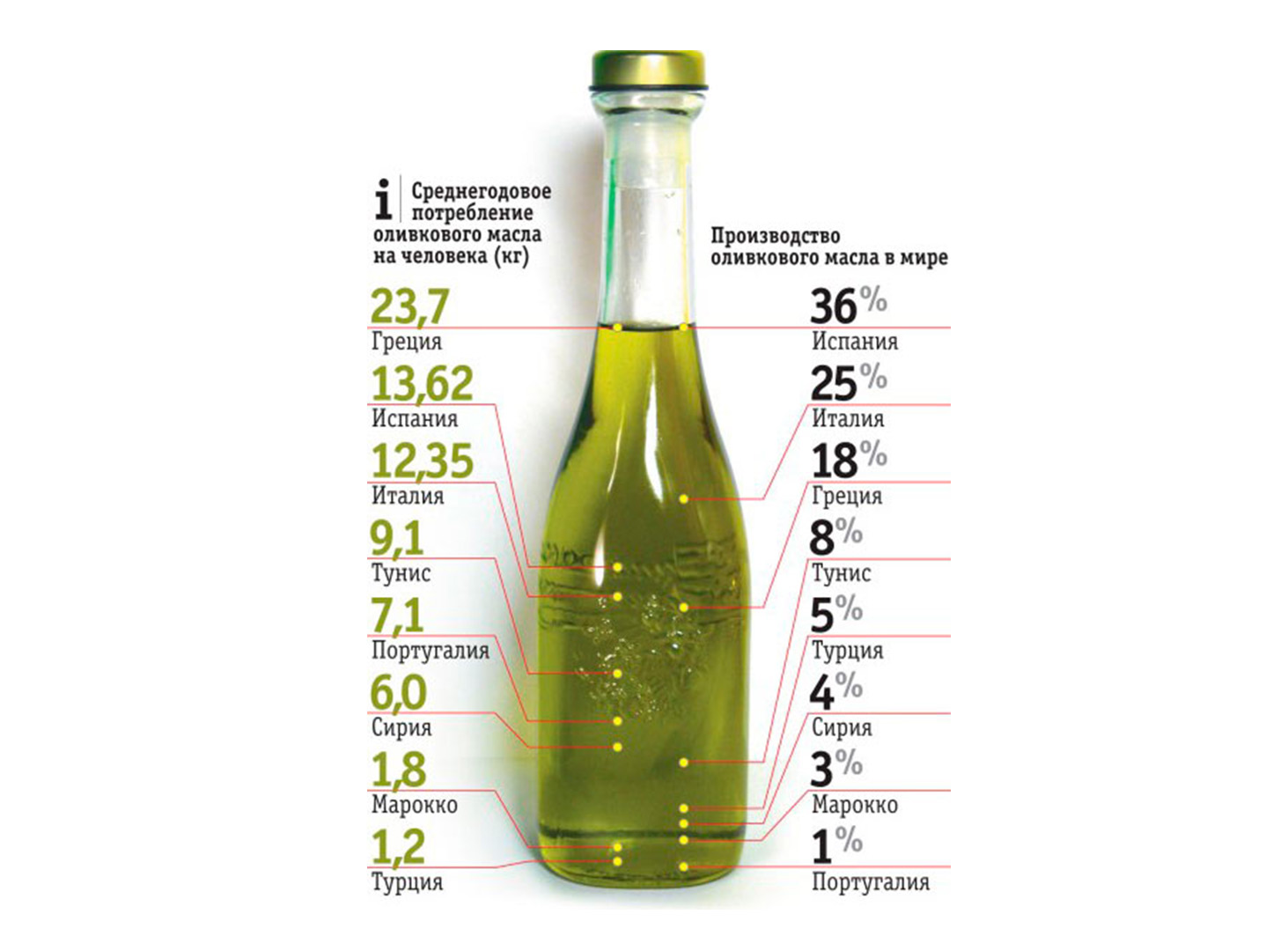How can a buyer distinguish real olive oil from a surrogate product?


Panhellenic Confederation of Agricultural Co-Operative Unions PASEGES has published a small useful instruction for buyers. What symbols can you see on the packaging of olive oil?
Usually, manufacturers mix olive oil with cheaper sunflower oil of inferior quality in order to reduce the cost of the product and add dyes to give the oil a more natural color. This falsification can be revealed 100% only in a laboratory, because the color and the smell of such oil cannot be distinguished from an authentic one, but the Greeks themselves know the true taste, and are able to understand the substitution when tasting.
Usually, fake oils are sold weighing no more than 5 liters.
After Spain and Italy, Greece is the third producer of olive oil in the world. It is possible to improve these positions only on condition of competent development of marketing and branding.
We tell you about several methods, how to understand the quality of olive oil you buy.
Olive oil categories for sale
– virgin. Valid values for this category are 0.8 – 3%.
2) Olive oil obtained by mixing refined olive oil and natural olive oil.
3) Oil obtained by mixing refined olive oil and derivatives of the olive oil cake.

Marking on Olive Oil Packages
Each oil container must be marked in accordance with the rules:
α) extra-virgin is the highest quality, made only from olives;
β) virgin is also oil only from olives, but has greater acidity than extra-virgin;
γ) eleolado is oil containing only refined olive oil and oils derived directly from olives;
δ) pirineleo (olive-pomace oil) is “oil obtained after extraction from olive pulp remaining after the first press of olives” or “oil obtained as a result of processing olive seeds and oil obtained directly from the olives”.
Olive oil has a higher price than most other vegetable fats due to its special organoleptic and nutritional properties combined with production costs.
On Crete, there are no blatant cases of fraud, when fatty oils that are hazardous to health and tinted with dyes are given out for olive oil (although such frauds periodically occur throughout Greece). However, cases of a mixture of cheaper oils to olive oil occur: the most usual, in the years of crop failure of olives when the price per liter of oil becomes high.
In any case, on Crete, buy oil only produced on the island. Italy and Spain buy Cretan oil from farmers, then dilute it with their own oil of lower quality or add cheaper oils, and then this product goes on sale all over the world under well-known brands. Any farmer in Crete will say, that oil cannot be taken in the supermarket and from large industrial producers. Why do they say that? Because the ordinary farmer has only hands for picking olives and the simplest village factory for their processing, he has no technology aimed at deception and sells exactly the olive oil that his family eats from generation to generation!
A good purchase of Cretan olive oil wishes you Olga Morozova!